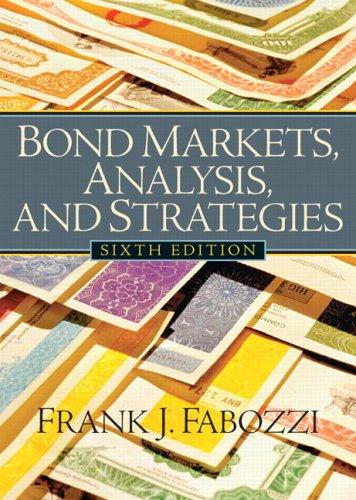Question
Operations Management CH 4 Question 8 Expando, Incorporated is considering the possibility of building an additional factory that would produce a new addition to its
Operations Management CH 4
Question 8
Expando, Incorporated is considering the possibility of building an additional factory that would produce a new addition to its product line. The company is currently considering two options. The first is a small facility that it could build at a cost of $6 million. If demand for new products is low, the company expects to receive $10 million in discounted revenues (present value of future revenues) with the small facility. On the other hand, if demand is high, it expects $12 million in discounted revenues using the small facility. The second option is to build a large factory at a cost of $9 million. Were demand to be low, the company would expect $10 million in discounted revenues with the large plant. If demand is high, the company estimates that the discounted revenues would be $14 million. In either case, the probability of demand being high is 0.40, and the probability of it being low is 0.60. Not constructing a new factory would result in no additional revenue being generated because the current factories cannot produce these new products.
a) Calculate the NPV for the following: Note: Leave no cells blank - be certain to enter "0" wherever required. Enter your answers in millions rounded to 1 decimal place.
| Plans | NPV |
| small facility | _____ million |
| do nothing | _____ million |
| large facility | _____ million |
Question 10
Please show work and explain. Thank you.
Owners of a local restaurant are concerned about their ability to provide quality service as they continue to grow and attract more customers. They have collected data from Friday and Saturday nights, their busiest times of the week. During these time periods, about 122 customers arrive per hour for service. Given the number of tables and chairs, and the typical time it takes to serve a customer, the owners estimate they can serve, on average, about 116 customers per hour.
Furthermore, the owners anticipate that in one year their demand will double as long as they can provide good service to their customers.
a) Currently, during these nights, are they in the zone of service, the critical zone, or the zone of nonservice?
ANSWER: Zone of nonservice
b) Next year, after demand doubles, what must the service capacity increase to (at minimum) to stay out of the critical zone? Note: Round up your answer to the next nearest whole number.
| Service capacity must increase to | _____ customer per hour |
Step by Step Solution
There are 3 Steps involved in it
Step: 1

Get Instant Access to Expert-Tailored Solutions
See step-by-step solutions with expert insights and AI powered tools for academic success
Step: 2

Step: 3

Ace Your Homework with AI
Get the answers you need in no time with our AI-driven, step-by-step assistance
Get Started


